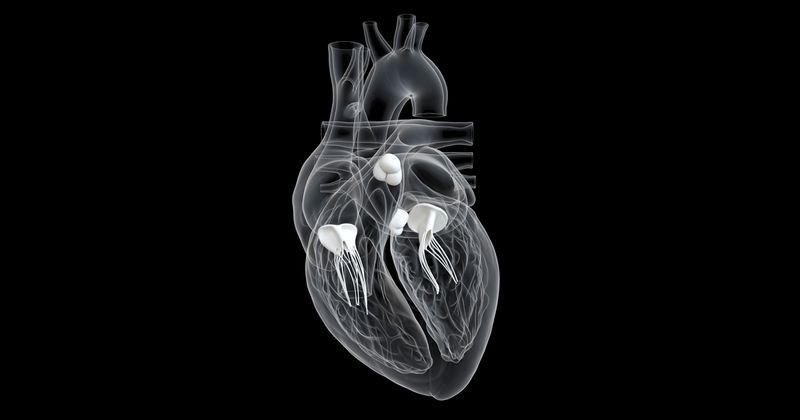Noninvasive monitoring identifies short-term hemodynamic changes after TAVR
Key takeaways:
- A noninvasive monitoring system identified short-term hemodynamic changes early after transcatheter aortic valve replacement for severe aortic stenosis.
- The system may help guide patient management after TAVR.
A noninvasive bioimpedance monitoring system helped to identify short-term hemodynamic changes early after transcatheter aortic valve replacement for patients with severe aortic stenosis, researchers reported.
“NICaS (NI Medical Ltd), a noninvasive cardiac system, is a bedside monitoring system designed for a comprehensive assessment of the body’s hemodynamics. It is based on bioimpedance changes measured throughout the peripheral tissues’ vasculature during systole and diastole, using two surface limb leads. Making available near-instantaneous results, NICaS is capable of estimating total body water, CO and cardiac index, stroke volume, and total systemic peripheral resistance (TPR). Thus, it can guide treatment goals such as the need for antihypertensive drugs or vasopressors, fluid volume or diuretics,” Tzlil Grinberg, MD, from the department of cardiology at Rabin Medical Center in Petah Tikva, Israel, and the faculty of medicine at Tel Aviv University, and colleagues wrote in the Journal of the American Heart Association. “We aimed to evaluate the acute and short-term hemodynamic changes after TAVI among patients with severe aortic stenosis using the NICaS system.”

Image: Adobe Stock
For the single-center prospective cohort study, Grinberg and colleagues included 97 patients (median age, 82 years; 54% women) with severe aortic stenosis who underwent TAVR between October 2019 and December 2020. Overall, 68% of patients underwent TAVR with a self-expandable valve (Evolut R/Evolut Pro, Medtronic; Symetis Acurate Neo, Boston Scientific) and 32% had TAVR with a balloon-expandable valve (Sapien 3, Edwards Lifesciences).
Noninvasive hemodynamic measurements including systolic BP, peripheral resistance, cardiac output, stroke volume and left ventricular ejection fraction were taken before TAVR, early after TAVR, at discharge and during follow-up (median follow-up, 59 days). Compared with baseline measurements, early after TAVR, the researchers observed a significant increase in systolic BP (132 at baseline vs. 147 mm Hg after TAVR; P < .001) and total peripheral resistance (1,751 before TAVR vs. 2,084 dynes*s/cm5; P < .001) and a decrease in cardiac output (4.2 vs. 3.9 L per minute; P = .037) and stroke volume (61.4 vs. 56.2 mL; P = .001).
During follow-up, systolic BP, peripheral resistance, cardiac output and stroke volume returned to baseline values, according to the study.
Moreover, the researchers observed significant improvement in LVEF from baseline during follow-up (mean LVEF, 55.6% at baseline vs. 59.4% during follow-up; P < .001).
“Using a noninvasive cardiac system in patients with severe aortic stenosis following transcatheter aortic valve implantation, major acute hemodynamic alterations were noted shortly after the procedure and reverted to near baseline values at follow-up,” the researchers wrote. “Noninvasive hemodynamic monitoring may provide insights into the complex physiologic changes occurring during the periprocedural time in patients with transcatheter aortic valve implantation and thereby promotes a more precise treatment strategy.”
Collapse


